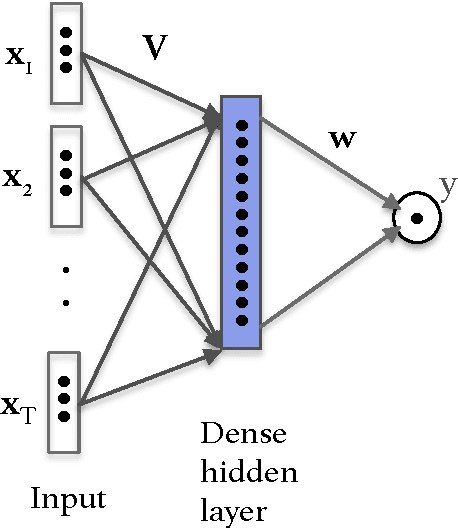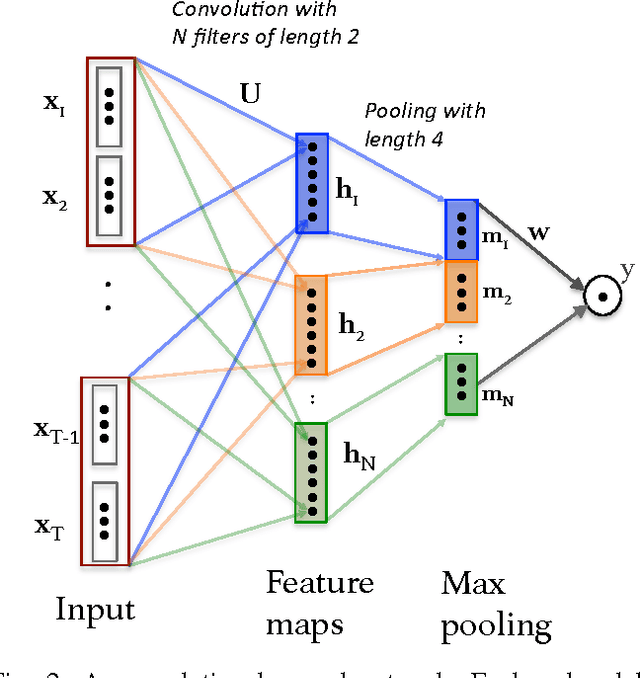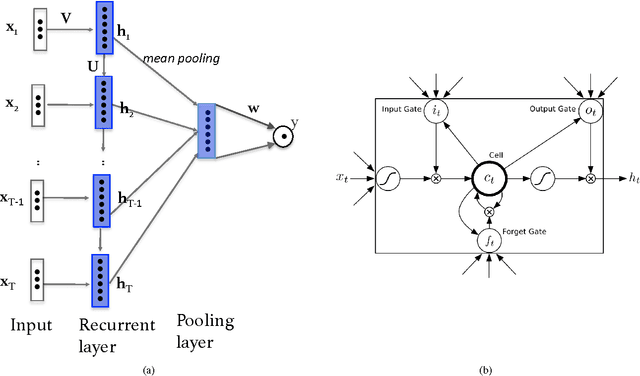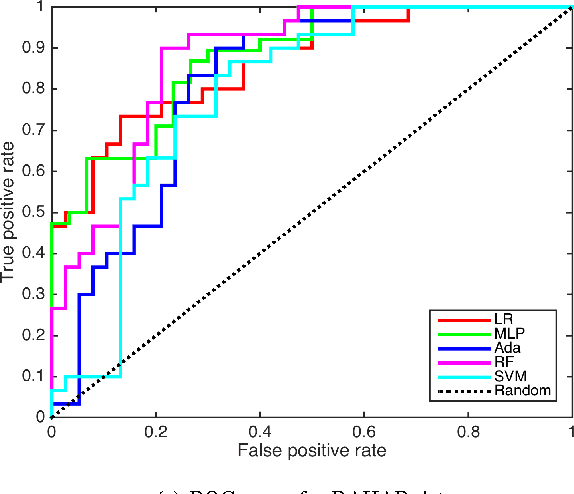Impact of Physical Activity on Sleep:A Deep Learning Based Exploration
Paper and Code
Jul 24, 2016



The importance of sleep is paramount for maintaining physical, emotional and mental wellbeing. Though the relationship between sleep and physical activity is known to be important, it is not yet fully understood. The explosion in popularity of actigraphy and wearable devices, provides a unique opportunity to understand this relationship. Leveraging this information source requires new tools to be developed to facilitate data-driven research for sleep and activity patient-recommendations. In this paper we explore the use of deep learning to build sleep quality prediction models based on actigraphy data. We first use deep learning as a pure model building device by performing human activity recognition (HAR) on raw sensor data, and using deep learning to build sleep prediction models. We compare the deep learning models with those build using classical approaches, i.e. logistic regression, support vector machines, random forest and adaboost. Secondly, we employ the advantage of deep learning with its ability to handle high dimensional datasets. We explore several deep learning models on the raw wearable sensor output without performing HAR or any other feature extraction. Our results show that using a convolutional neural network on the raw wearables output improves the predictive value of sleep quality from physical activity, by an additional 8% compared to state-of-the-art non-deep learning approaches, which itself shows a 15% improvement over current practice. Moreover, utilizing deep learning on raw data eliminates the need for data pre-processing and simplifies the overall workflow to analyze actigraphy data for sleep and physical activity research.
 Add to Chrome
Add to Chrome Add to Firefox
Add to Firefox Add to Edge
Add to Edge